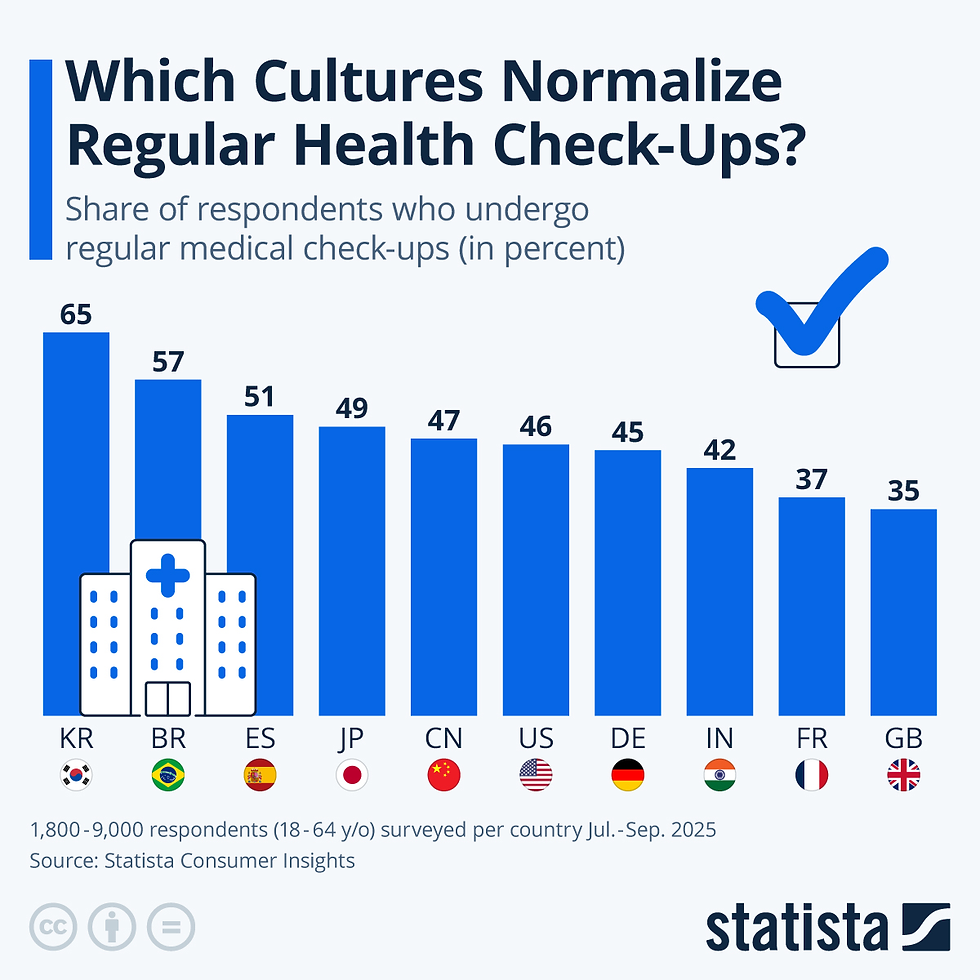Plants on the Plate
- Create and Learn

- Mar 8, 2022
- 2 min read

This article is published in collaboration with Statista
by Florian Zandt
58 percent of U.S. residents have tried a plant-based alternative to an animal product in the past three months. As our chart indicates, the products snagging the top spot come as no surprise.
According to our Statista Global Consumer Survey Content Special: Food & Nutritition, more than a quarter of survey participants bought a milk substitute and a little over a fifth of respondents splurged on meat or sausage alternatives based on grains, soy, vegetables or other substitutes. Other dairy products, on the other hand, are less common to land in the shopping carts of U.S. residents, with around 15 percent indulging in vegan yogurt, cream or cheese. The low score of a household staple like butter can be explained with an abundance of already existing alternatives like vegetable oils or margarine, while processed vegan or vegetarian fish and seafood are a relatively new addition to the product lines of big plant-based food manufacturers and thus most likely haven't been tried by many consumers yet.
When looking at the market for plant-based nutrition, milk alternatives like soy, oat or almond milk have the biggest market share with an estimated 2021 revenue of $18 billion worldwide according to data from our Consumer Market Outlook. While this segment is expected to grow steadily, the meat alternative sector is projected to grow at an even faster rate, from its roughly $7 billion in 2021 to about $17 billion in 2026. Even though vegan and vegetarian alternatives to animal products are on the rise, they still make up only a minority of the total sector revenue. Meat products excluding substitutes generated roughly $1,2 trillion in 2021, while dairy products excluding milk alternatives earned their manufacturers $955 billion.
Start leaning Data Science and Business Intelligence tools:
createandlearn#analytics#dashboard#finance#accounting#tableau#powerbi#excel#sales#datascience#businessintelligence




























Comments